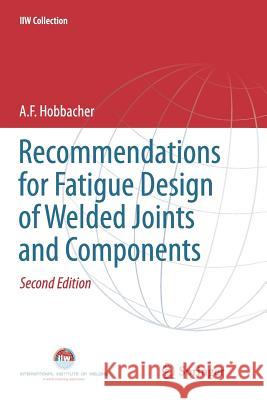Recommendations for Fatigue Design of Welded Joints and Components » książka
topmenu
Recommendations for Fatigue Design of Welded Joints and Components
ISBN-13: 9783319795300 / Angielski / Miękka / 2018 / 143 str.
Kategorie:
Kategorie BISAC:
Wydawca:
Springer
Seria wydawnicza:
Język:
Angielski
ISBN-13:
9783319795300
Rok wydania:
2018
Wydanie:
Softcover Repri
Ilość stron:
143
Waga:
0.24 kg
Wymiary:
23.39 x 15.6 x 0.89
Oprawa:
Miękka
Wolumenów:
01
Dodatkowe informacje:
Wydanie ilustrowane











